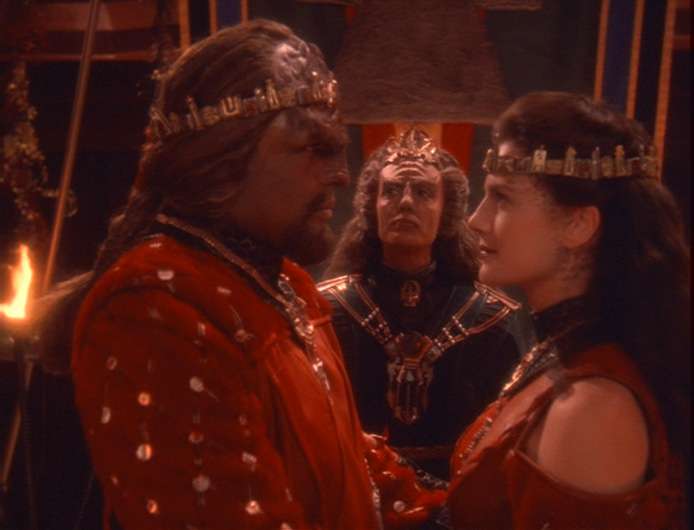 While the Klingons have been part of Star Trek since The Original Series and have been reinvented on a regular basis, there is something particularly interesting about several of the most Klingon heavy episodes of The Next Generation and Deep Space Nine. Several Klingon women are featured throughout both series, including the sisters Lursa and B’Etor, yet the woman who helped establish Klingon society and killed their gods, Lukara, has yet to be seen on screen even in Lower Decks, Discovery, or Picard. Why is such a vital figure of Klingon history still unexplored?
While the Klingons have been part of Star Trek since The Original Series and have been reinvented on a regular basis, there is something particularly interesting about several of the most Klingon heavy episodes of The Next Generation and Deep Space Nine. Several Klingon women are featured throughout both series, including the sisters Lursa and B’Etor, yet the woman who helped establish Klingon society and killed their gods, Lukara, has yet to be seen on screen even in Lower Decks, Discovery, or Picard. Why is such a vital figure of Klingon history still unexplored?
It is important to note that even though Lukara is mentioned several times throughout Trek, it is usually in reference to her relationship with Kahless. In the DS9 episode “Looking for Par’Mach In All The Wrong Places” their relationship is said to have started after they fought off 500 soldiers attacking a city after the entire city garrison fled. The two were later married and were attacked by the same enemy forces shortly thereafter. Nothing about Lukara’s life prior to or after Kahless is ever discussed on screen whereas many of Kahless’ achievements are mentioned without a connection to Lukara.
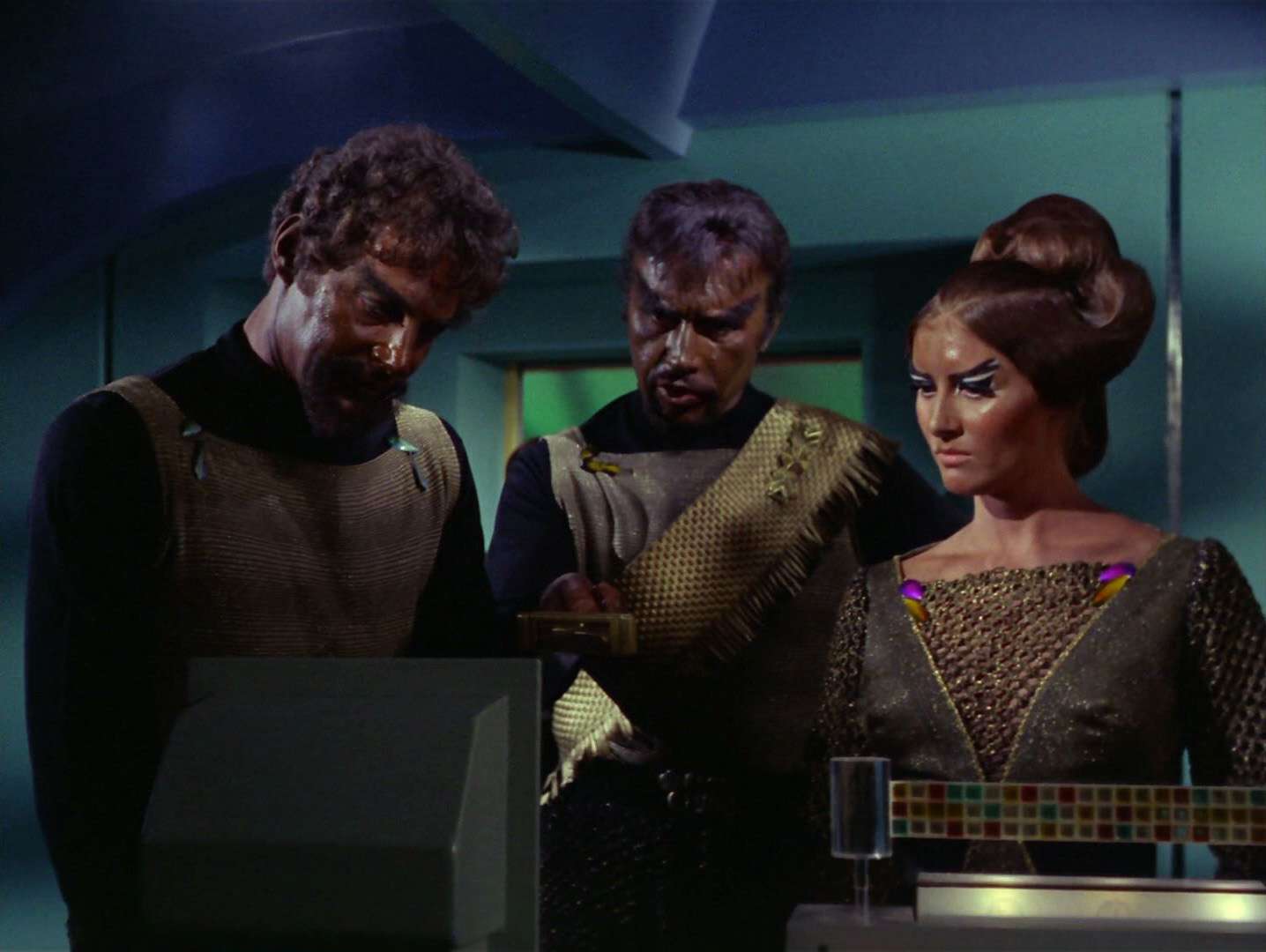
Klingon women were portrayed as strong and nearly equal to their male counterparts, even in The Original Series. Mara, the only Klingon woman to appear in TOS, is shown throughout her only appearance, in the episode “Day of the Dove” as a very intelligent, capable science officer who convinces her husband and captain, Kang, that an outside force is influencing both crews and that their crew needed to work with the Enterprise crew to defeat the alien controlling them. While the actress is wearing some very regrettable brownface – which adds an uncomfortable layer of colonialism to her fear of being assaulted or raped by the Enterprise crew – Mara comes across as a confident and rational Klingon compared to Kang, whose distrust of the Federation could have hurt both crews had Mara not convinced him to work with Kirk. Mara’s characterization set up future characterizations of Klingon women, including two of the most important Klingon women in Trek history, Lursa and B’Etor, who appeared in The Next Generation and Deep Space 9 several times as impressively ruthless and cunning warriors determined to grab power for the House of Duras.
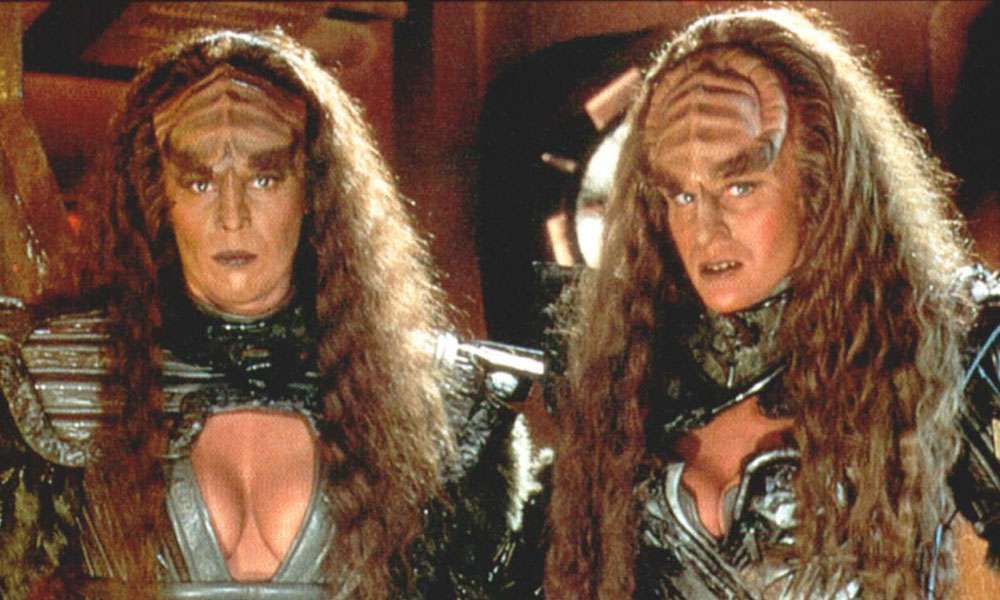
The sisters Lursa and B’Etor first appear in The Next Generation episode “Redemption,” where they try to put their illegitimate nephew, Toral, forward in place of Gowron to head the Klingon High Council. Previous episodes with their brother and Toral’s father, Duras, reveal that their family does not uphold honor and have used underhanded tactics to claim power behind the scenes of the council. Gowron even comments how deep their power is – to the point their family were one of the main forces behind the Klingon Civil War that killed Worf’s father Mogh and passed the dishonor onto House of Mogh – and how loyal the other members of the council are to the House of Duras.
Even though women cannot sit on the Klingon High Council unless there is no male heir to their house, the sisters plan to use Toral as their puppet, not-so-secretly in power behind him. Although Picard and Worf help prevent this, both sisters prove how ruthless they are. B’Etor attempts to seduce Picard and Worf proves how far from honor the sisters have fallen – they will use anything they can to grab power, including themselves. In their further appearances, Lursa and B’Etor are found to be selling weapons to Bajoran terrorists among other dishonorable acts, constantly threatening the objectives of Picard and Sisko and even the Federation itself. The reveal that Lursa is pregnant issues in the possibility of her child carrying on their mother and aunt’s ruthlessness and extending the power of their house even further into Trek’s future. Would Lukara have discommended the sisters for this behavior yet admired their drive?
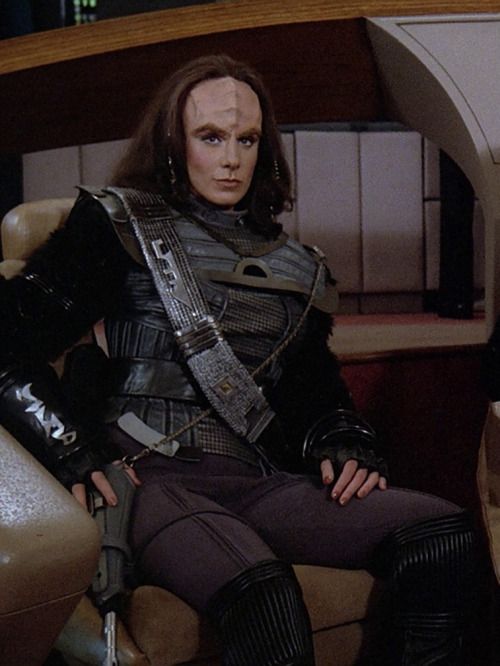
In contrast to the sisters, K’Ehleyr, the half-human half-Klingon ambassador, who helps uncover the plot against the House of Mogh and instructs Picard in Klingon rituals, allowing him to monitor Gowron, proves to be one of the most honorable Klingon women in TNG. Although she does not respect many Klingon cultural values, K’Ehleyr proves to have more honor than Lursa and B’Etor as she often works alongside Starfleet and the Federation to protect both them and the Klingon Empire. Her death even comes from her honor during her investigation into Gowron’s role in Worf’s discommendation (“Reunion”). When Gowron attempts to bribe her for her silence, including making the unprecedented move of offering her a seat on the Klingon High Council, K’Ehleyr refuses to bend. When she discovers proof that Duras was involved, Duras murders her to prevent her from bringing her evidence to the council or Picard.
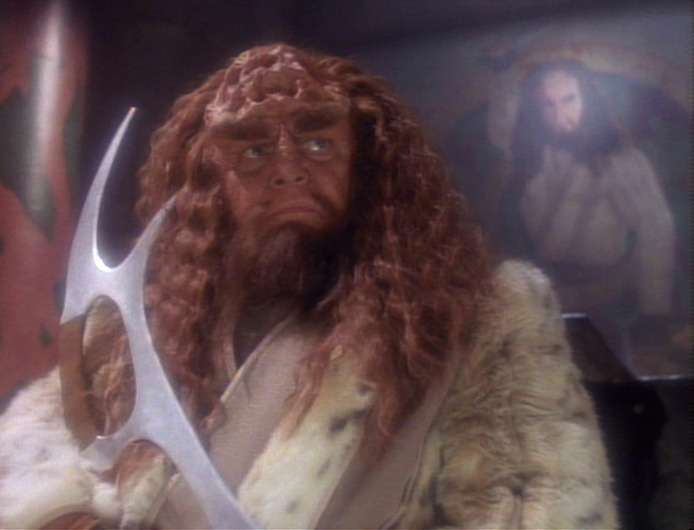
Throughout TNG, these Klingon women play vital roles, yet one of the most important Klingon episodes seems to forget Lukara exists. In the TNG episode “Rightful Heir” a cabal of scientists and priests create a clone of Kahless, the great warrior who slew the Klingon gods and created the code of honor that defined TNG Klingons, to guide the Klingons as a spiritual figurehead. Yet, for all of this effort the scientists and priests have put into creating a new Kahless, they did not create a Lukara who was right there beside him slaying the Klingon gods. Why would they overlook such a vital figure from their history? Unfortunately, even though the Kahless clone was present as a background character in several episodes of TNG following “Rightful Heir,” the potential of this plotline is never fulfilled nor are the hanging threads from this episode ever picked up in TNG or its successor, Deep Space Nine.
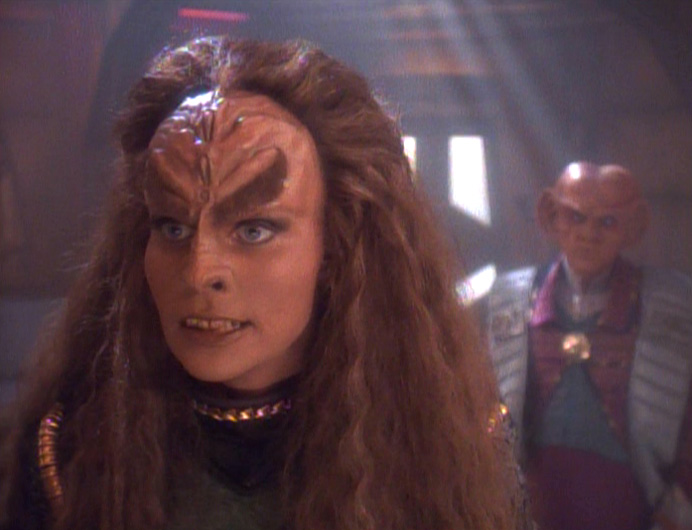
Deep Space Nine does feature the Duras sisters, but the other Klingon women featured in DS9 seem to embody the spirit of Lukara more than Lursa and B’Etor. Although Grilka, a minor character in two Quark heavy episodes (“The House of Quark” and “Looking for Par’Mach In All The Wrong Places”), originally seems to be a prop to develop Quark’s character, a further look reveals how cunning and honorable she is. When her husband, Kozak, dies by drunkenly falling on his own knife at Quark’s, a rival, D’Ghor, threatens Quark to lie about the manner of Kozak’s death so he can take over the House of Kozak. Refusing to let this happen, Grilka kidnaps Quark, performs a marriage ceremony between the two of them, and submits his claim as the new male head of house. Quark utilizes his business knowledge to uncover D’Ghor had schemed and manipulated various factors to claim the House of Kozak, since there was no male heir.
When confronted with the proof, D’Ghor prepares to battle Quark, yet when Quark refuses to fight, D’Ghor nearly kills Quark. This act solidifies Quark’s case, allowing Grilka to reclaim her house. While Grilka originally argued against Quark using the financial records to challenge D’Ghor, her utilization of D’Ghor’s own plot to take over her house reveals how cunning she is – since D’Ghor made Quark lie that Kozak died in honorable combat, Grilka was within her right to choose another husband to lead her house. She used honor to challenge D’Ghor’s scheming and since she agreed to let Quark examine the financial records, she was able to undermine D’Ghor and claim her house. This ability to align herself with others even when it pitted herself against her fellow Klingons recalls Mara’s role in “Day of the Dove.|
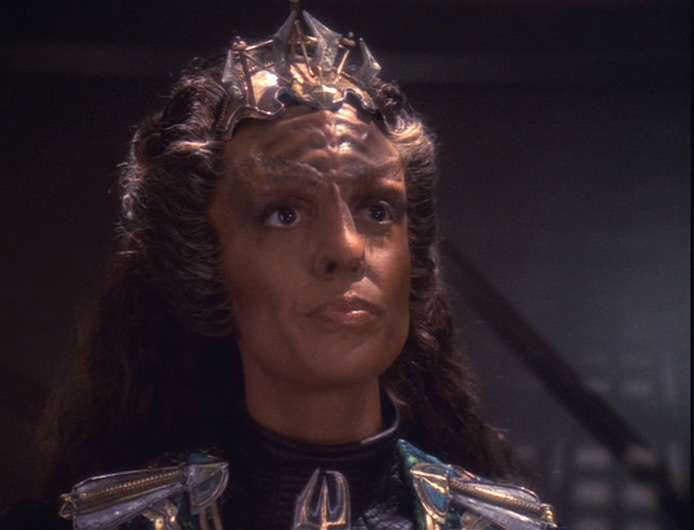
A wonderful opportunity to incorporate Lukara into the show was missed in the DS9 episode, “You Are Cordially Invited”. The episode focuses on Jadzia and Worf preparing for their wedding and the arrival of Sirella, the Lady of the House of Martok, at the station to approve Jadzia joining her house. The writing of the episode sadly sets Sirella and Jadzia as rivals with both refusing to reach a compromise until the very end. Sirella in particular suffers as she is written in the vein of the trope of a shrewish nag who immediately berates Martok when she arrives and is xenophobic to Jadzia from the outset.
Their conflict could easily have been addressed by having the wedding preparations included the two taking part in a holo-recreation of a famous battle where they fought alongside a holo-Lukara as a test of Jadzia’s battle skills and knowledge of Klingon history. Jadzia’s relationship with Worf had included sparring in the holosuites already and seeing her fight alongside Sirella could have allowed the two women to teach each other as well as learn from each other and Lukara herself, giving all three some positive characterization. The lack of the kind of flexibility we see with Mara and Grilka is a detriment to Sirella’s character.
Star Trek’s depiction of Klingons has evolved several times, coming to embody a culture based on honor and prowess in battle. Yet one of the women at the center of Klingon history, Lukara, has yet to be depicted in any of the series or movies. When contrasted with the Klingon women who have appeared in Trek, the lack of Lukara is very striking. She could provide an excellent glance into Klingon culture and history, yet she is still relegated to verbal mentions even when multiple Trek series are airing concurrently.